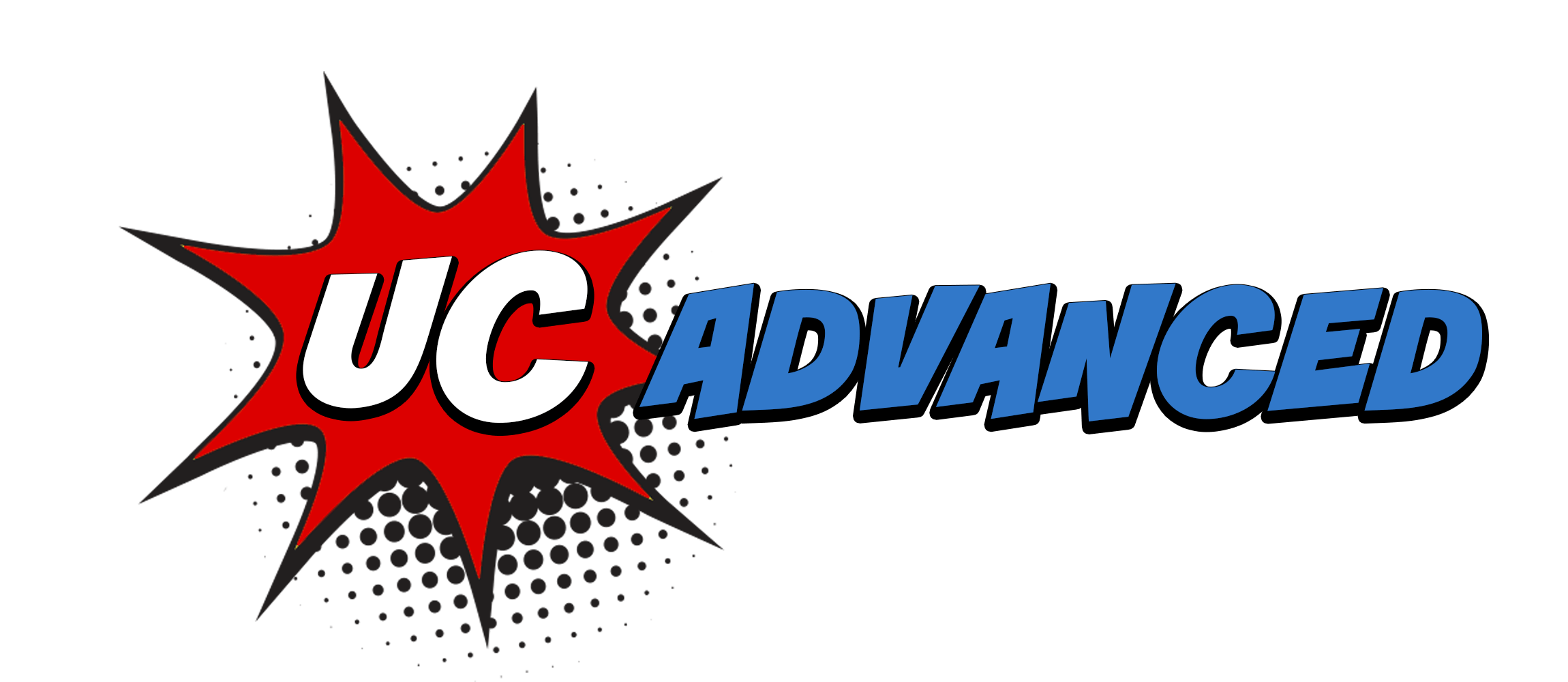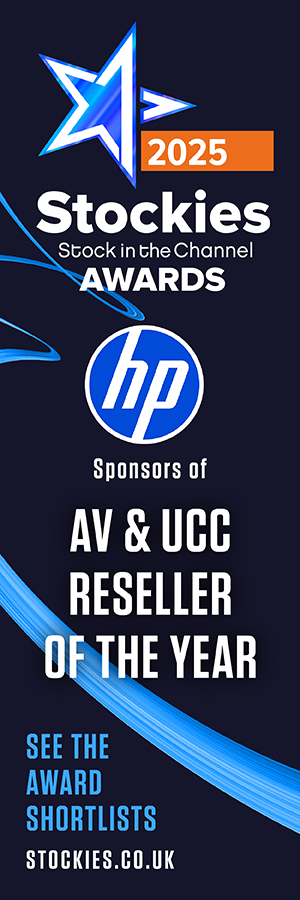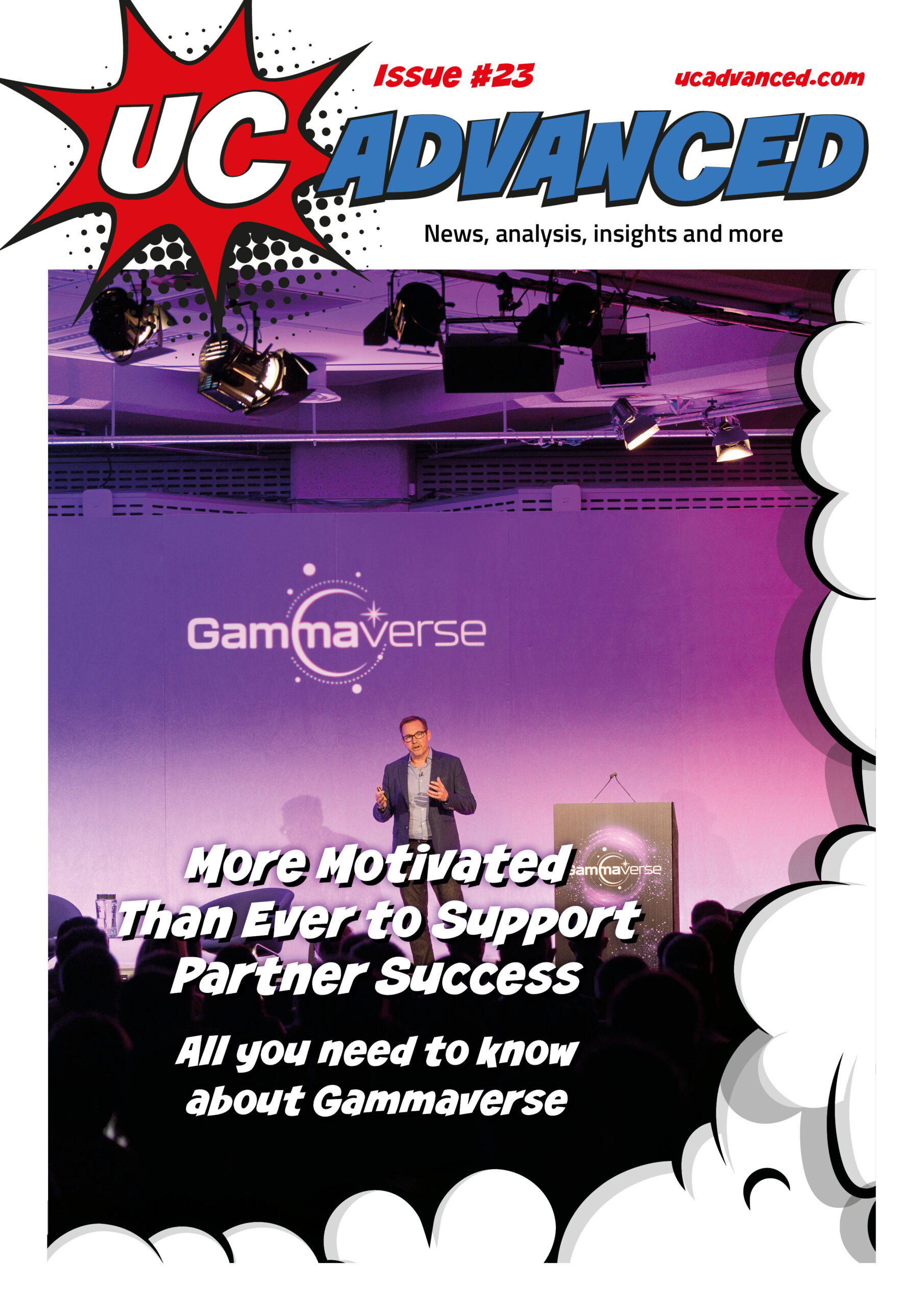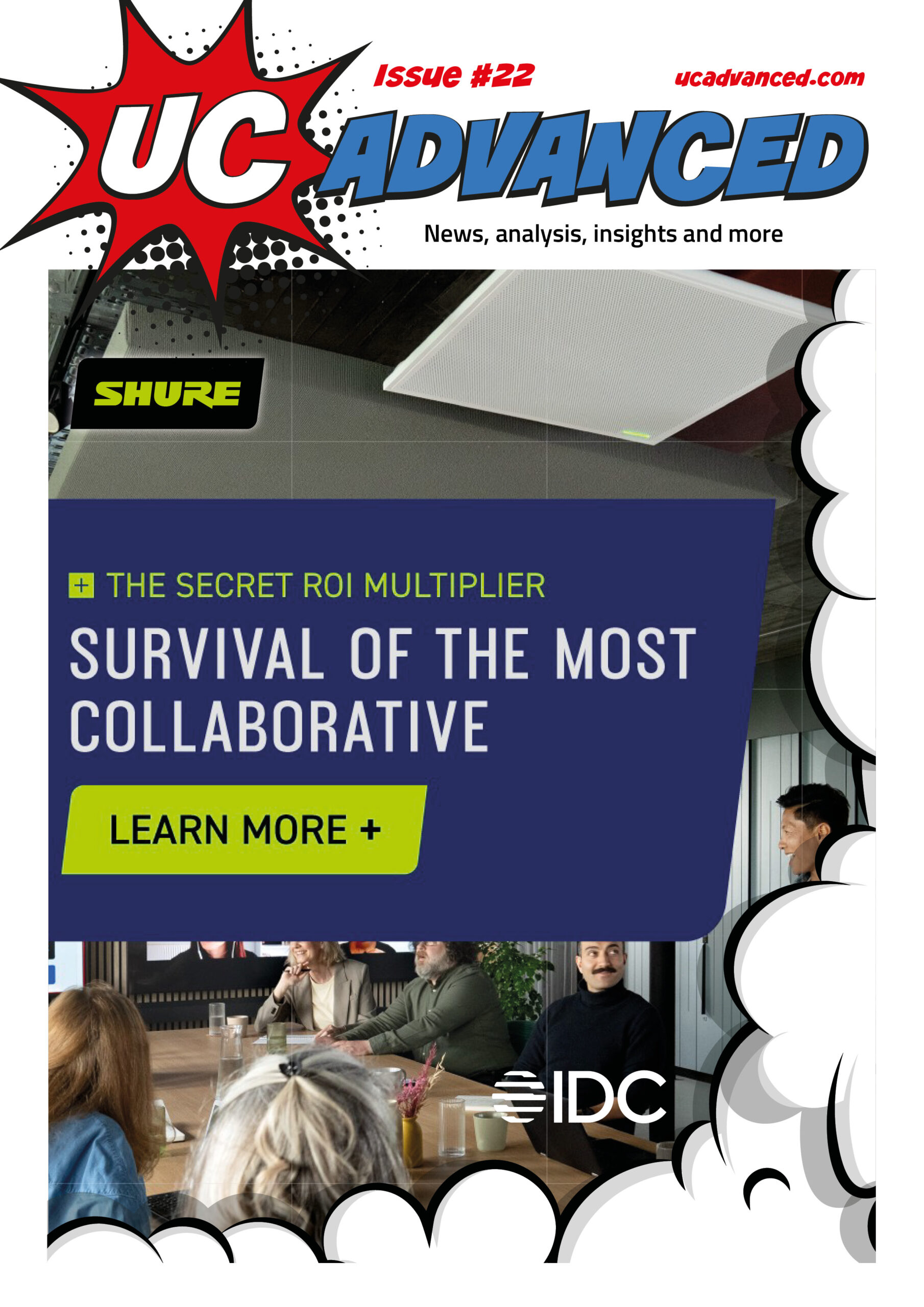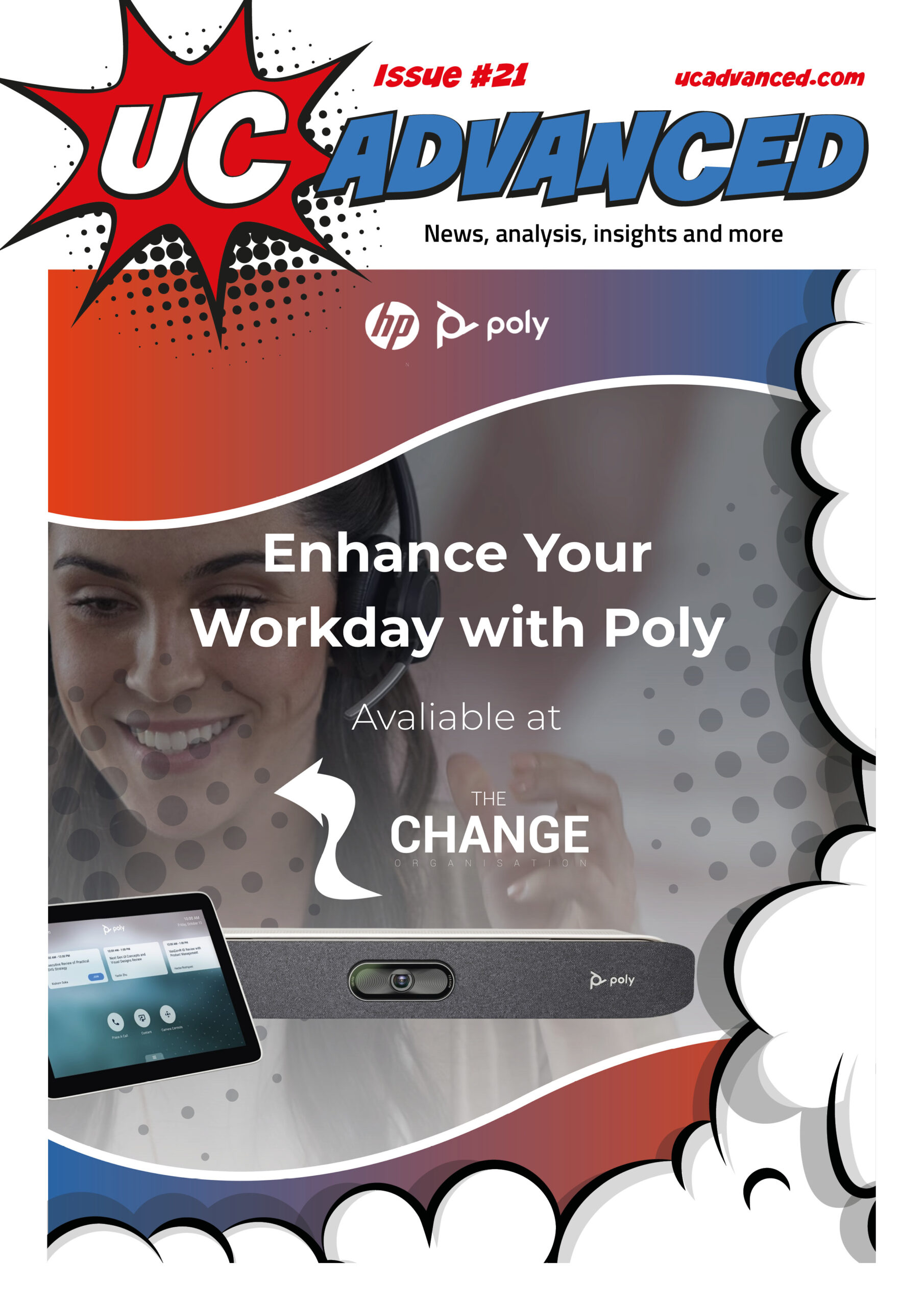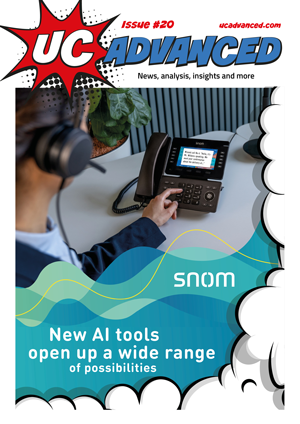Iain Sinnott, Head of International Carrier Sales at Enreach for Service Providers, shares his thoughts on the year so far.
What are you focussing on at the moment?
Mobile is a massive focus for Enreach right now. Without a doubt, mobile has taken centre stage in 2023. Instead of being viewed as an afterthought, mobile is fast becoming the core of business communications. For many people, the mobile is their primary device, not just for their personal use but at work too. Mobiles have become the remote controllers for our lives, not just for communications but collaboration and productivity too.
So, channel firms with a ‘mobile first’ strategy can help their customers adopt successful fixed-mobile convergence (FMC). Mobile can also help bring employees in knowledge, nomadic or field-based departments together, and by combining OTT and FMC, everything can be delivered from one central and unified environment.
Evolution is often better than revolution, so start with simple steps. For example, business apps add value even when they exist separately on a mobile device. However, if businesses integrate these apps into the wider environment, they can take mobile contact to a new level.
What trends have you picked up on this year?
As mentioned previously, mobile is a huge focus for many of the UK and Europe. But, interestingly, in the Nordics, where a ‘mobile first’ approach has long been established, seeing the rest of the region catch up is like watching a history lesson.
There is a continued greater focus on using UC to support the customer experience (CX) and not just as a way for employees to communicate and collaborate internally. UC has massive potential to transform customer engagement, enabling staff to interact with customers more rapidly, flexibly, and cost-effectively. For instance, what we have coined ‘casual contact centre’ features are blended into UC, rather than businesses needing to invest in dedicated, full-scale contact centre solutions.
As a result, smaller businesses can access enterprise-style contact centre functionality, ideal for customer-facing teams but not necessarily their only responsibility. They can even engage with customers without needing to leave their business app.
Also, Conversational AI – which has been around for a couple of years — is taking off in 2023. It has evolved considerably and is being widely accepted as a technology for SMBs, and not just for enterprises. Conversational AI also contributes towards a greater focus on the CX by giving customers fast and accurate responses to multiple queries, meaning that a business’ employees can prioritise human interaction for those use cases that cannot be handled in an automated way.
Do you think businesses have settled into hybrid working yet?
Many companies have accepted hybrid working as the new norm, but many need help with successful implementation, and it can be hard to know where to start. This is where the channel has a potentially huge role to play, helping their business customers with solutions that match the ‘in-office’ experience and, in many cases, are even better. However, it is important to think beyond home-working as just applying a meeting and collaboration platform.
Instead, look at the activities of each main category of home or remote worker. For instance, for inbound customer engagement, voice and non-voice queue and message flow may be more important. For voice outbound, CRM integration and record keeping may be more relevant and, depending on the environment of the worker, device choice, noise cancelling, video backdrops and mobile voice path may be a consideration.
The hyperscalers are not yet dominating in many of these fields: they only dominate where virtual meetings dominate; which is just a part of what a business needs. Finding ways to add value and enhance what the hyperscalers are doing is an opportunity.
What can helped them settle into a routine?
To be successful, hybrid working cannot be about having technology siloes. Instead, it is essential to have everything — devices, apps, platforms, networks — in one seamless environment. We call this converged contact, with all those previously standalone, individual ways of working — fixed voice, mobile, video, chat, email, SMS, social channels and more — in one integrated, easy, user-controlled, context-based and flexible environment, accessible from anywhere. Converged contact can also involve CRMs, contact centre functionality, marketing automation and more, so it can also enhance customer relations.
It is also essential to appreciate that in the modern workplace, how people spend their days can be quite different, and so they need to be given both control and flexibility. For instance, they can better manage their reachability, such as being accessible to family and friends outside work hours, but any work-related calls are diverted elsewhere: all on the same device. Likewise, they can have multiple personas on one device. It’s all about achieving a better work-life balance and putting people first while improving business productivity.
How will Enreach be supporting customers for the rest of the year?
We believe in focusing on delivering business outcomes and demonstrable ROI, not just offering technology for its own sake. What matters is providing solutions that address a specific need or compelling result and, also, technology that people will actually use. A deployed solution that employees barely touch is neither a success story nor a repeat business for the channel provider.
We have always had a strong focus on solutions for SMEs, and more service providers also realise that it is essential to approach this audience quite differently from larger enterprises. So, we are having multiple dialogues with those service providers to help them develop successful SME strategies enabled by our UC platform.
Also, we maintain our belief that the channel should own the customer relationship, not the technology vendor, and as part of that, we offer a range of white-label options designed to suit different business models. While our solutions are feature-rich out of the box, we also focus on giving them all the tools and opportunities they need to customise and differentiate. We do not believe in forcing a technology fit or a one-size-fits-all approach.
What are the future technologies you’ve got your eye on?
AI and the widespread adoption of 5G are mega-trends right now. We already have products in these areas and are building further innovations into our roadmaps. However, again, this is in the context of delivering technology solutions that provide tangible benefits to our customers and the channel.
